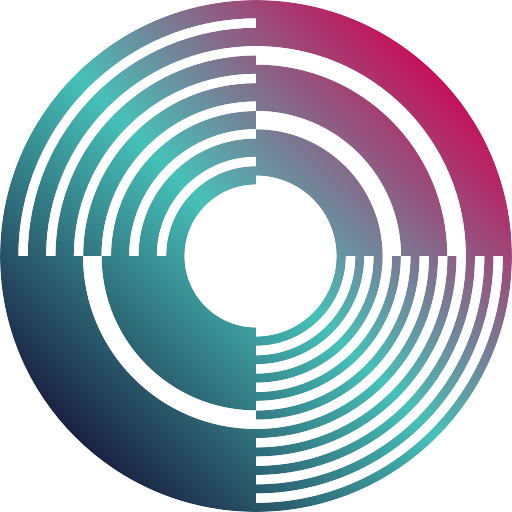
Plotting the Signal Amplitudeīefore we get to plotting signal values, we need to calculate the time at which each sample is taken. Check out this article about visualizing data stored in a DataFrame. We have our data stored in arrays here, but for many data science applications, pandas is very useful.
#Python play sounds how to
Next, we show some examples of how to plot the signal values. Now, our left and right channels are separated, both containing 5,384,326 integers representing the amplitude of the signal. To split the data into individual channels, we can use a clever little array slice trick: If you check the shape of signal_array, you notice it has 10,768,652 elements, which is exactly n_samples * n_channels. This returns all data from both channels as a 1-dimensional array. > signal_array = np.frombuffer(signal_wave, dtype=np.int16) To get signal values from this, we have to turn to numpy: Check for yourself by using the type() built-in function on the signal_wave object. > signal_wave = wav_obj.readframes(n_samples) To do this, we can use the readframes() method, which takes one argument, n, defining the number of frames to read: The next step is to get the values of the signal, that is, the amplitude of the wave at that point in time. We can check the number of channels as follows: This creates the impression of the sound coming from two different directions. The audio file is recorded in stereo, that is, in two independent audio channels. We can now calculate how long our audio file is in seconds: The number of individual frames, or samples, is given by: In this case, it is 44,100 times per second, which corresponds to CD quality. The sample frequency quantifies the number of samples per second. We can access this information using the following method: The sampling rate quantifies how many samples of the sound are taken every second. If you’re interested in learning more about how to programmatically handle large numbers of files, take a look at this article.Ī sound wave is a continuous quantity that needs to be sampled at some time interval to digitize it. You can also use a with statement to open the file as we demonstrate here. Using ' wb' to open the file returns a wave_write object, which has different methods from the former object. The ' rb' mode returns a wave_read object. To open our WAV file, we use the wave module in Python, which can be imported and called as follows: It’s worth mentioning these features in the audio recording because we can identify some of these later when we plot the waveform and the frequency spectrum.

Other sounds like bells and clapping come in throughout the jingle, with a strumming guitar part at two points in the track. The sound file we’ll look at is an upbeat jingle that starts with a piano. The file sizes can get large as a consequence. Our audio file is in the WAV (Waveform Audio File) format, which is uncompressed. Formats such as FLAC use lossless compression, which allows the original data to be perfectly reconstructed from the compressed data. You’re probably familiar with MP3, which uses lossy compression to store data. Opening a WAV FileĪudio files come in a variety of formats. If you’re a beginner and are looking for some material to get up to speed in data science, take a look at this track. This article is aimed at people with a bit more background in data analysis. In this article, we’re going to focus on a fundamental part of the audio data analysis process – plotting the waveform and frequency spectrum of the audio file. There is a large range of applications using audio data analysis, and this is a rich topic to explore. They are largely developed on top of models that analyze voice data and extract information from it. Popular virtual assistant products have been released by major technology companies, and these products are becoming more common in smartphones and homes around the world.

The analysis of audio data has become ever more relevant in recent times. We show you how to visualize sound in Python. There are also interesting applications to go with them.

There’s a lot of music and voice data out there.


 0 kommentar(er)
0 kommentar(er)
